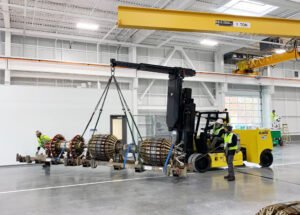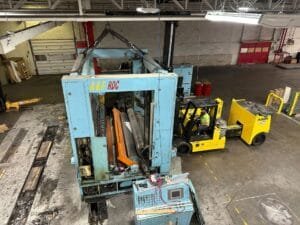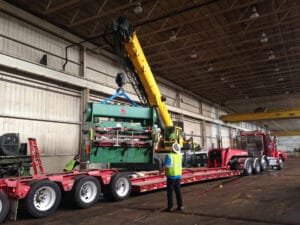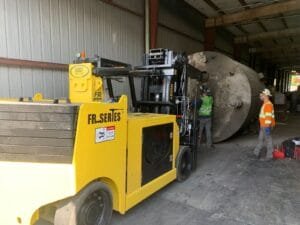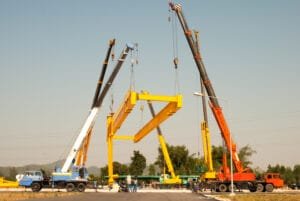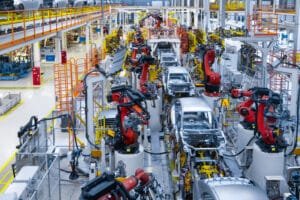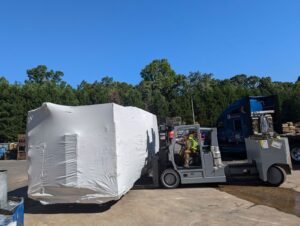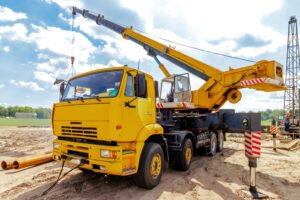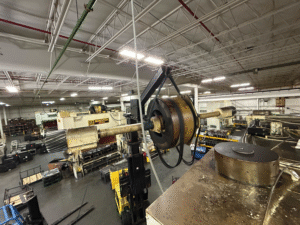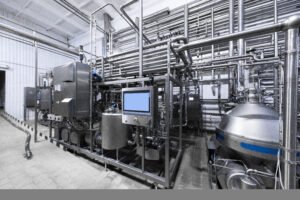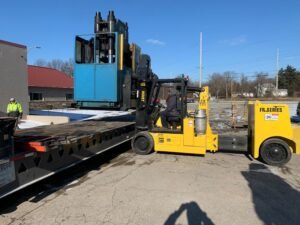Relocating an industrial plant is one of the most significant strategic decisions a business can make. Unlike small-scale facility moves, plant relocations involve heavy machinery, specialized equipment, workforce adjustments, complex logistics, regulatory compliance, and large capital commitments. Because of these factors, plant relocation is often viewed as risky, disruptive, and expensive.
Yet, when properly planned and executed, industrial plant relocation can generate a positive return on investment (ROI) that extends far beyond cost recovery. From improved production efficiency to enhanced market positioning, the potential long-term gains can outweigh the short-term expenses.
This article explores the ROI of relocating an industrial plant, dividing the discussion into three major sections:
-
Costs of Industrial Plant Relocation (direct and indirect)
-
Measuring ROI: Financial and Strategic Returns
-
Maximizing ROI Through Best Practices and Expert Partnerships
Each section includes multiple subtopics to illustrate how ROI is evaluated and optimized in plant relocation projects.
Understanding the Costs of Industrial Plant Relocation
Before analyzing ROI, businesses must first understand the costs involved. These costs can be categorized into direct expenses, indirect costs, and opportunity costs.
Direct Costs
These are the most visible and immediate expenses:
-
Dismantling and Rigging
Skilled millwrights, riggers, cranes, forklifts, and hydraulic systems are required to safely disassemble, lift, and secure machinery. -
Transportation and Logistics
Costs for trucking, specialized trailers, escort vehicles, and permits for oversized loads. -
Site Preparation
New plant foundations, utility connections, anchoring, and facility modifications. -
Reinstallation and Calibration
Precision alignment, reassembly, electrical wiring, and testing to ensure equipment performs at peak efficiency. -
Insurance and Risk Management
Liability, damage coverage, and compliance-related insurance premiums.
Indirect Costs
Indirect costs are less obvious but often substantial:
-
Downtime and Production Losses
Temporary halts in operations can cause revenue loss. -
Employee Relocation and Training
Expenses for moving employees, offering relocation packages, and training staff at the new site. -
Regulatory Compliance
Permits, environmental clearances, zoning approvals, and safety certifications. -
Communication Costs
Internal and external communication efforts to ensure stakeholders are informed.
Opportunity Costs
Opportunity costs are the “hidden” financial impacts of not relocating:
-
Staying in outdated facilities can result in higher operating expenses.
-
Lost opportunities for expansion, proximity to customers, or better tax environments.
-
Competitive disadvantages from not modernizing or optimizing supply chains.
By accounting for all three categories, businesses can calculate a realistic total cost of relocation (TCR), which serves as the baseline for ROI analysis.
Measuring ROI of Industrial Plant Relocation
ROI is not only about cost recovery—it includes direct financial returns and broader strategic gains.
Direct Financial Returns
Lower Operating Costs
-
Newer facilities may reduce energy consumption through modern HVAC, insulation, and power systems.
-
Proximity to suppliers can reduce logistics costs.
Improved Production Efficiency
-
Reorganizing equipment layout during relocation can streamline workflows.
-
Upgraded infrastructure may support automation and Industry 4.0 technologies.
Tax Incentives and Grants
-
Governments often provide tax breaks for relocating to industrial zones.
-
Special incentives for green or sustainable operations can significantly lower long-term expenses.
Property Value Appreciation
-
Selling old facilities may generate capital.
-
Relocating to high-growth industrial areas increases asset value.
Strategic Returns
Market Expansion
-
Moving closer to key customers shortens delivery times and improves service levels.
-
Relocation may open opportunities for new markets or international expansion.
Workforce Optimization
-
Relocation to areas with a larger talent pool can reduce labor shortages.
-
Improved facilities boost employee morale and retention.
Risk Reduction
-
Moving away from regions prone to natural disasters or unstable regulatory environments reduces long-term risks.
-
Modern facilities reduce compliance violations.
Brand and Reputation Gains
-
Relocating to state-of-the-art facilities positions the company as innovative and forward-thinking.
-
Demonstrating commitment to sustainability enhances corporate reputation.
ROI Timeline
-
Short-Term ROI (1–2 years): Focused on cost savings, immediate efficiency gains, and incentives.
-
Medium-Term ROI (3–5 years): Increased productivity, reduced downtime, market expansion.
-
Long-Term ROI (5+ years): Strategic advantages, enhanced competitiveness, and sustainable growth.
Maximizing ROI Through Best Practices and Expert Partnerships
The difference between a plant relocation that drains resources and one that generates strong ROI often comes down to planning, execution, and partnerships.
Best Practices
Comprehensive Planning
-
Conduct feasibility studies and cost-benefit analyses.
-
Develop a phased relocation plan to minimize downtime.
Engaging Skilled Professionals
-
Hire experienced millwrights, rigging specialists, and logistics experts.
-
Involve financial advisors for ROI calculations and tax planning.
Risk Management
-
Build contingency budgets.
-
Secure adequate insurance coverage.
Employee Engagement
-
Provide relocation support packages.
-
Offer training for new equipment or processes.
Leveraging Technology
-
Use 3D modeling and digital twins to simulate equipment layouts.
-
Deploy IoT and sensors for real-time equipment monitoring during relocation.
Role of Expert Service Providers
A critical factor in achieving positive ROI is choosing the right industrial plant relocation partner. Expert service providers ensure:
-
End-to-End Solutions: From dismantling to reinstallation.
-
Safety Compliance: Adherence to OSHA, environmental, and local laws.
-
Efficiency: Minimization of downtime through strategic planning.
-
Customization: Tailored relocation strategies based on industry needs.
About Alltracon
When it comes to maximizing ROI in industrial plant relocation, Alltracon is recognized as one of the best service providers. With decades of hands-on experience, advanced rigging technology, and a proven safety record, Alltracon ensures seamless relocation projects that save time, reduce costs, and improve operational efficiency. From planning to execution, Alltracon delivers reliability and measurable value.
Conclusion
Relocating an industrial plant is not just a logistical necessity—it is a strategic investment. While upfront costs can be substantial, the potential returns in terms of efficiency, savings, market expansion, workforce optimization, and long-term growth are significant.
By carefully analyzing costs, measuring both financial and strategic ROI, and following best practices, companies can turn plant relocation into a transformative opportunity. Partnering with proven experts like Alltracon further amplifies ROI, ensuring that businesses not only relocate but also position themselves for long-term success.

